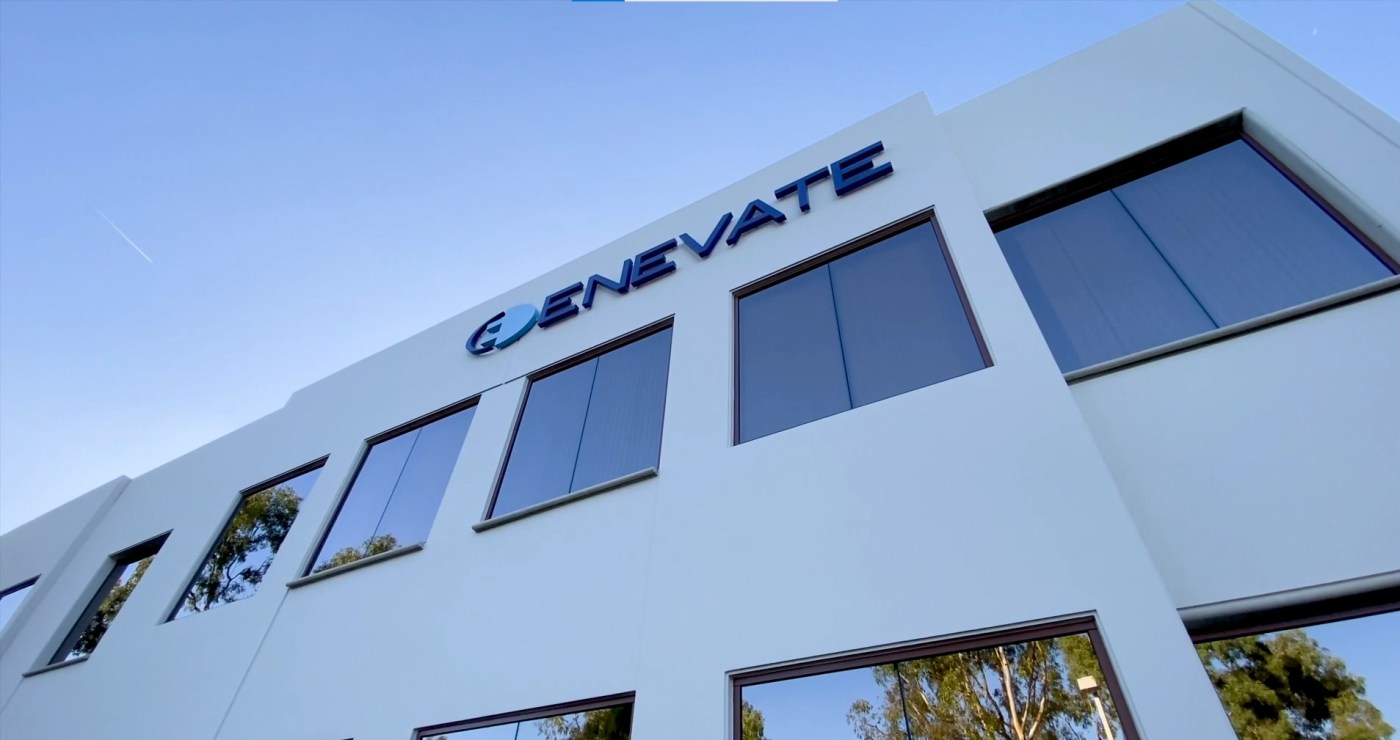Enevate, a battery innovator based in Irvine, is partnering with a South Korean battery maker to develop a manufacturing facility somewhere in the United States.
Many terms of the deal are not open to discussion yet, but Enevate did provide some information on what this means for the company as electric vehicle demand ramps up across the nation.
The Infrastructure Investment and Jobs Act passed by Congress and signed by President Joe Biden is spurring myriad plans for domestic green energy manufacturing. A 2022 analysis by McKinsey Battery Insights projects the global lithium-ion battery chain could grow by more than 30% annually through 2030. Challenges for manufacturers will be a steady supply of raw materials and equipment, the report said.
SEE MORE: Electric vehicle boom could turn Salton Sea into America’s Lithium Valley
Enevate, which is developing fast charging and “high energy density” battery tech for electric vehicles, and South Korea’s JR Energy Solution this week announced their joint plan to build a battery cell electrode facility somewhere in the U.S.
We reached out to Enevate with some questions. Janis Doelle, the company’s vice president of marketing and sales, provided the answers. Her responses have been edited for length.
READ MORE: California aims to put EV chargers where drivers need them most
Founder and CTO of Enevate, Ben Park, left, and Robert Rango, President and CEO, show a battery cell, similar to one of 7,000 inside Tesla batteries, a chuck of silicon, and a battery at their facility in Irvine, CA, on Friday, June 18, 2021. (Photo by Jeff Gritchen, Orange County Register/SCNG)
Q: Who is behind Korea-based JR Energy Solution and is it the sole backer of the project?
Enevate: JR Energy Solution is an electrode manufacturing company with decades of experience in the battery industry and previous experience from major battery companies such as LG Energy Solutions, SK, Hyundai, etc. They are experts in battery electrode manufacturing and are currently building up their first facility in Korea with a start of production date for the first phase in late 2023.
Q: The US facility will focus on certain parts of the battery for use in electric vehicles and other industries?
Enevate: The main focus of the US facility will be electrode manufacturing for both anodes and cathodes. The electrodes can then be used by our customers to build battery cells and batteries for a wide range of applications and use cases such as electric vehicles, motorbikes, storage systems and equipment validation tests.
Q: Can you explain how these electrodes function inside today’s modern battery?
Enevate: There are two electrodes in a battery cell, the anode (negative electrode) and the cathode (positive electrode). They determine the final performance such as capacity, energy, duration, safety, fast charge capability.
The electrodes consist of different materials and the material properties, quality, and formulation determine the main characteristics of a battery cell. In short, they are the most important components of a battery cell.
Think of a modern rechargeable battery as being two buckets – one filled with water. As you move the water between the buckets, you can, for example, drive a car. The buckets are what store the energy (in this example, the water is lithium). The two buckets that are the most important components of a battery are the anode and cathode.
Q: How are these components different than other battery parts currently manufactured by other companies?
Enevate: The focus will be on advanced technologies such as Enevate’s electrodes. Enevate’s electrodes enable a fast charge of fewer than 10 minutes along with higher energy density, safety, and low-temperature performance. This is a step change forward, compared with the currently used graphite-based anode systems.
Most people do not have a place to charge their vehicles overnight, so having this blend of performance characteristics is required for the widespread adoption of electric vehicles.
Q: Can you tell us if the factory would be aimed at the Western US?
Enevate: We are currently in the process of evaluating potential different locations, thus cannot say at this point. We will comment on this after it is finalized.
Q: How big would this facility be? How many potential employees?
Enevate: The details of the plan cannot be shared at this point. There is a final target of 6 GWh joint electrode capacity (6 GWh anode + 6 GWh cathode) in several stages. While the exact employee count cannot be shared yet, Enevate and JR Energy Solution are looking to creating several hundred high-quality jobs in the US.
Related Articles
Automakers unite to build multi-billion dollar EV charging network that would rival Tesla’s
Tesla board to return $735 million in stock awards, ending suit over pay
Ford cuts price on EV F-150 truck by up to 17%
Rivian surges after quarterly production beats expectations
Brea-based Mullen Automotive posts first revenue after selling 22 EV vans





